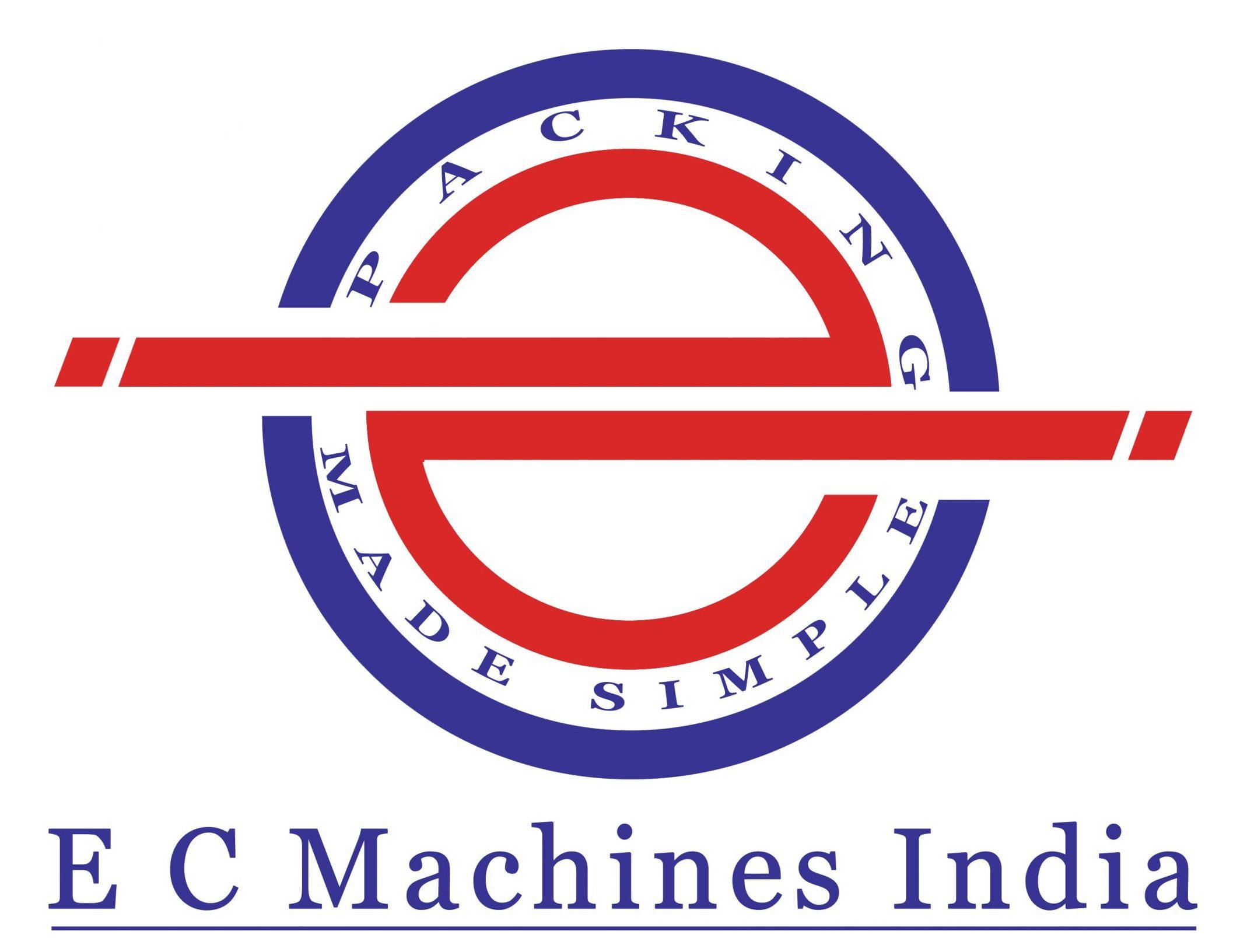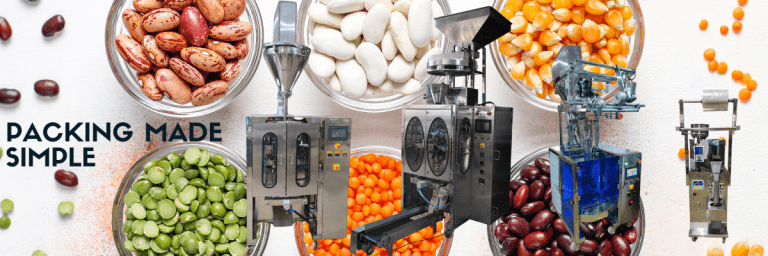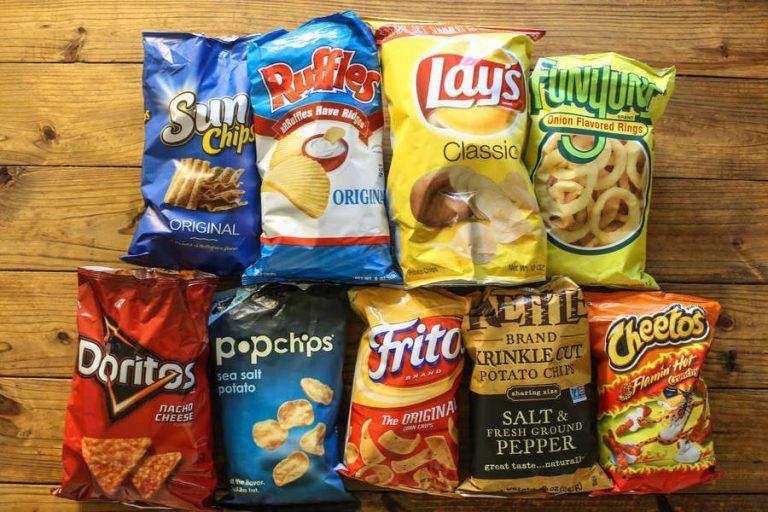How do automatic pouch-packing machines work?
In today’s fast-paced production environments, the demand for efficient and precise packaging solutions has never been higher. Automatic pouch packing machines have emerged as essential tools for meeting this demand. These sophisticated devices streamline the packaging process by automatically filling and sealing pre-made pouches, catering to a wide range of industries. In this article, we’ll take a closer look at how automatic pouch packing machines work, highlighting the key components and processes that make them indispensable in modern manufacturing.
Pouch Feeding
The journey of a product through an automatic popouch-packingachine typically begins with pouch feeding. Pre-made pouches or bags, often made of various materials like plastic, laminates, or paper, are loaded onto a conveyor system. The pouches can vary in size, shape, and style to suit the product they will contain.
Product Filling
Once the pouches are in position, the filling stage commences. The type of filling mechanism depends on the product’s characteristics. Common filling methods include:
Auger Fillers: These are used for powders and fine granules. An auger screw rotates to measure and dispense a precise amount of product into each pouch.
Volumetric Fillers: Suitable for granular products like grains or snacks, volumetric fillers use cups or trays to measure and dispense products.
Liquid Pumps: Liquids are pumped into the pouches using a system of pumps and valves, ensuring accurate volume control.
Weighing Systems: Some machines incorporate scales to weigh the product accurately before dispensing it into the pouch.
Sealing
The sealing stage is crucial for maintaining the integrity of the pouch and its contents. Automatic pouch packing machines offer several sealing options, including:
Heat Sealing: This method uses heated sealing bars to melt the inner layers of the pouch material, creating a strong, airtight seal.
Ultrasonic Sealing: Ultrasonic vibrations create heat at the seal point, bonding the pouch layers together. This method is often used for delicate or heat-sensitive products.
Zipper Sealing: Popular for resealable pouches, this method attaches zippers to the pouch opening, allowing consumers to open and reseal the package multiple times.
Cutting and Trimming
Some machines incorporate cutting and trimming mechanisms to ensure the sealed pouches have a neat and uniform appearance. This step ensures that excess material is removed, creating a clean and attractive package.
Quality Control
To maintain consistent quality, many modern automatic pouch-packing machines feature integrated quality control systems. These systems employ sensors and cameras to detect any defects or irregularities in the pouches, such as incomplete seals or foreign particles. Any faulty pouches are automatically rejected from the production line.
Packaging Output
As the pouches are filled, sealed, and inspected, they move along the conveyor system and are collected in packaging bins or cartons, ready for distribution.
Conclusion
Automatic pouch packing machines have become indispensable in modern manufacturing due to their ability to streamline the packaging process, improve efficiency, and ensure product quality and consistency. These machines are highly versatile and can handle a wide range of products, making them essential tools for industries such as food, pharmaceuticals, cosmetics, and chemicals. As technology continues to advance, automatic pouch-packing machines will likely become even more sophisticated, further increasing their role in the production landscape.







